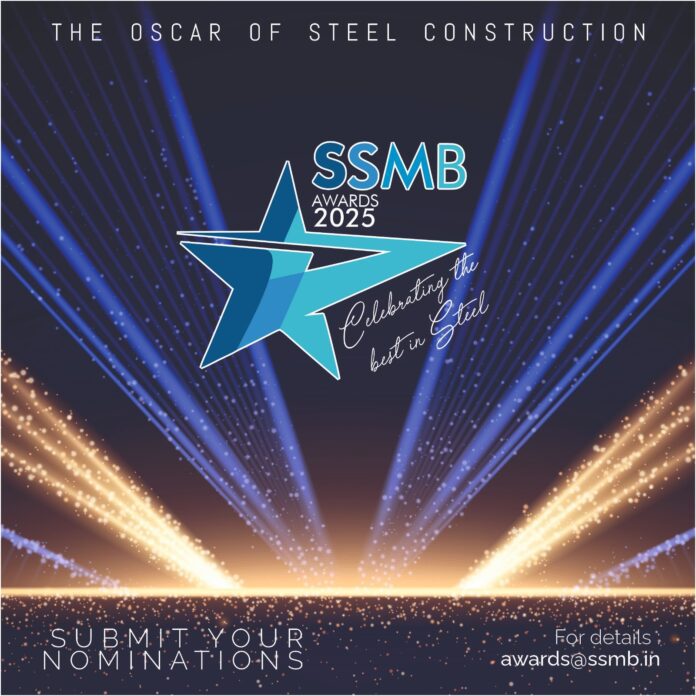Torch Tower, currently under construction in the Tokyo Torch redevelopment district, is set to become Japan’s tallest building upon completion. Rising approximately 385 m with 65 floors, the tower is a flagship project by Mitsubishi Estate, designed by Mitsubishi Jisho Sekkei in collaboration with Sou Fujimoto Architects and Yuko Nagayama & Associates. Positioned just north of Tokyo Station, the skyscraper will serve as a vertical urban hub, housing office spaces, luxury residences, retail zones, hotel facilities, and a panoramic observation deck. More than a high-rise, Torch Tower is a future-oriented development, with steel playing a pivotal role in both its structural and architectural expression.
The tower employs a hybrid structural system combining high-strength structural steel and steel-reinforced concrete (SRC), providing resilience against Tokyo’s seismic activity, strong winds, and variable occupancy loads. At its core, a steel-reinforced concrete shaft works in tandem with massive steel mega-columns and outrigger trusses to distribute lateral and vertical forces efficiently. The use of ultra-high-strength steel (over 780 MPa yield strength) in key load-bearing members allows for slimmer profiles and optimized use of materials. At several intermediate levels, steel outrigger and belt truss systems connect the core with the perimeter columns, enhancing lateral stiffness and ensuring the tower’s stability during seismic events.
Steel also plays a central role in the building’s architectural features. The observation deck and torch-inspired crown at the top are shaped using lightweight steel space frames, enabling sweeping cantilevers and curved forms that define the tower’s silhouette. Within the podium, long-span steel girders transfer loads across expansive retail spaces, while the grand lobby features exposed 13 m long steel beams that double as structural and sculptural elements. The curtain wall system is supported by stainless steel mullions and subframes, providing strength, flexibility, and a high degree of transparency.
In terms of construction efficiency, prefabricated steel floor systems allow for rapid on-site assembly. Light steel floor beams and decking are fabricated off-site and lifted into place, significantly reducing construction time and minimising material waste. To ensure safety and performance, the tower incorporates embedded steel-framed seismic dampers and braces, including oil and viscoelastic dampers, which absorb earthquake energy and reduce structural stress.
Torch Tower stands as a showcase of what steel can achieve in supertall, mixed-use architecture. It combines structural performance, sustainability, and innovative form-making, exemplifying future-forward design thinking. With its layered steel systems enabling both strength and sculptural beauty, the tower will not only reshape Tokyo’s skyline but also serve as a global benchmark for high-performance steel construction in complex urban environments.




